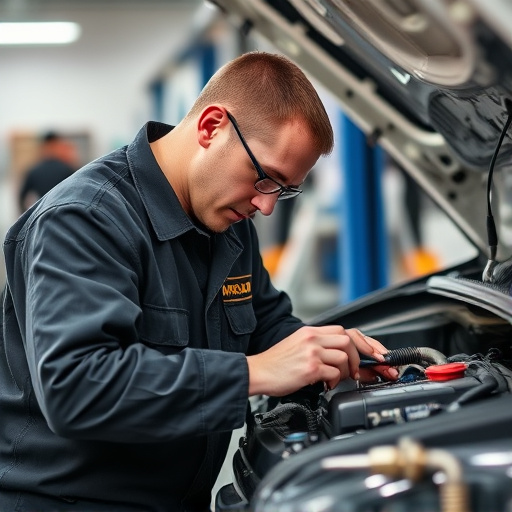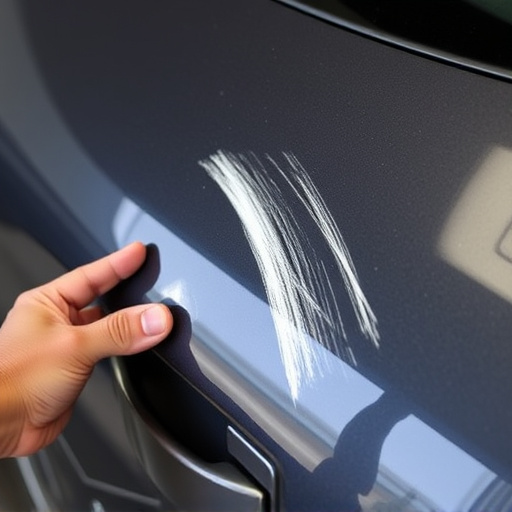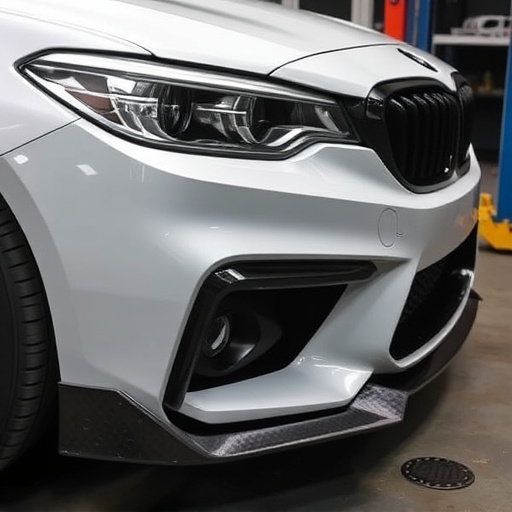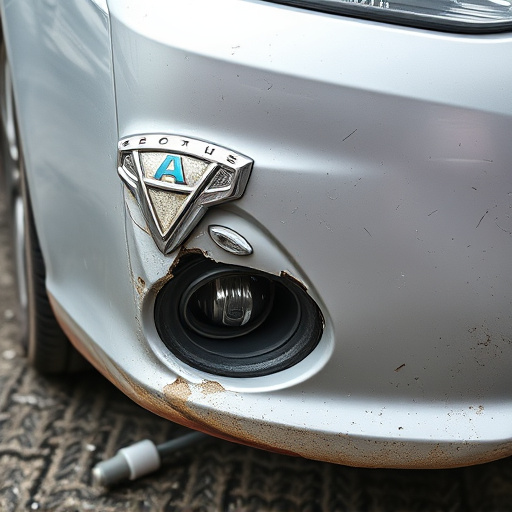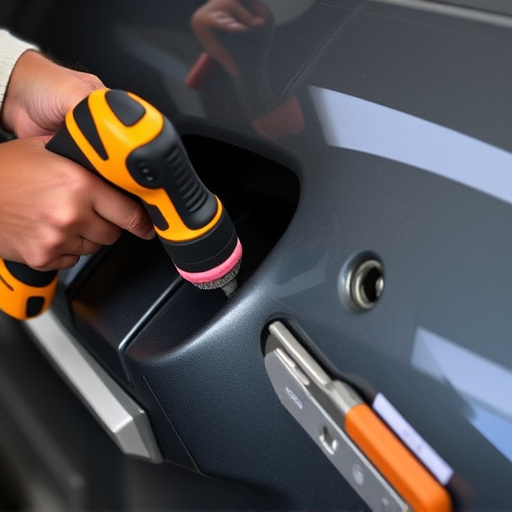Accurate and detailed Tesla repair documentation is essential for swift insurance claim processing. Insurers rely on comprehensive records to verify damage and repairs, ensuring transparency. Missing or incorrect information causes delays, impacting policyholders and insurers. Proper documentation, including precise steps and digital records with photos, streamlines claims, avoiding disputes and reducing stress.
Tesla vehicles are known for their cutting-edge technology, but when it comes to insurance claims, proper documentation is crucial. Understanding Tesla repair documentation requirements can significantly impact the speed and accuracy of your insurance claim processing. This article delves into the intricacies of Tesla repair documentation, highlighting the consequences of incomplete or incorrect submissions and offering best practices to streamline the claims process for both owners and insurers.
- Understanding Tesla Repair Documentation Requirements
- Impact of Incomplete or Incorrect Documentation on Claims
- Streamlining Process: Best Practices for Efficient Insurance Claims
Understanding Tesla Repair Documentation Requirements
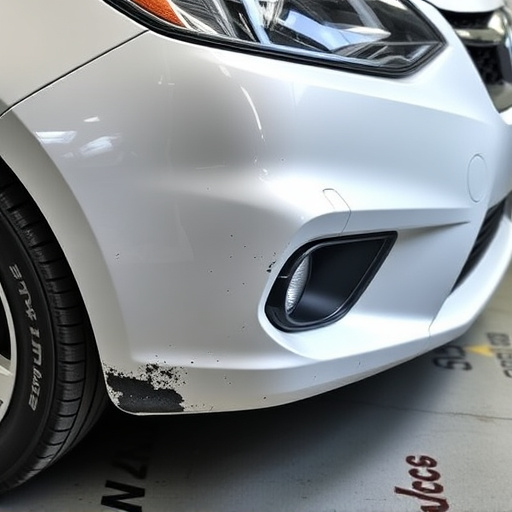
When it comes to Tesla repair documentation, understanding the requirements is key for a seamless insurance claim process. As with any vehicle, including renowned brands like Mercedes-Benz (a leading luxury car manufacturer known for its collision repair standards), accurate and detailed records are essential. Insurance companies rely on these documents to assess damage, verify repairs, and ultimately expedite claim settlements.
Tesla’s repair documentation typically includes a comprehensive list of parts replaced, labor hours logged, and specific techniques employed during the restoration process. This level of detail ensures transparency and provides evidence of the quality of auto repair services rendered. For instance, in the event of a car collision repair, documenting each step ensures that all damages are accurately accounted for, from initial assessments to final inspections, thereby saving time and effort on both the policyholder’s and insurer’s end.
Impact of Incomplete or Incorrect Documentation on Claims
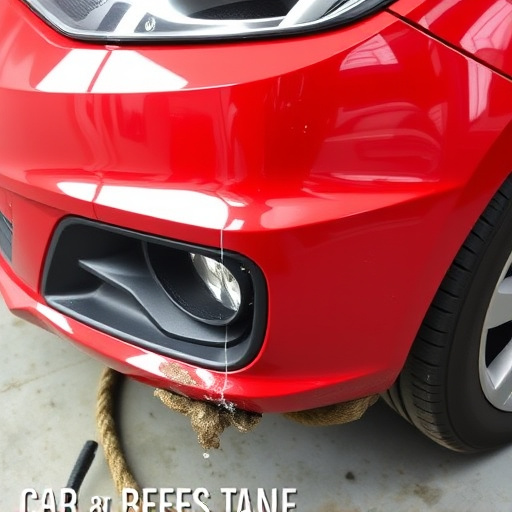
When it comes to Tesla repair documentation, completeness and accuracy are paramount. Incomplete or incorrect paperwork can significantly delay insurance claim processing for Tesla owners. This is because insurers rely on detailed, precise records to assess damage, verify repairs, and determine coverage. Missing information or discrepancies in the documentation lead to back-and-forth communication between repair shops, insurance companies, and policyholders, prolonging the claims settlement process.
For instance, if a Tesla owner files a claim for a car dent repair, the insurance company will scrutinize the repair documentation, including photos, work orders, and parts receipts. Incorrect or missing details about the extent of damage or the nature of repairs can cause delays in approving the claim. Similarly, issues with auto glass repair documentation, such as failure to list specific part numbers or installation methods, may require additional verification, further slowing down the claims process for all involved parties.
Streamlining Process: Best Practices for Efficient Insurance Claims
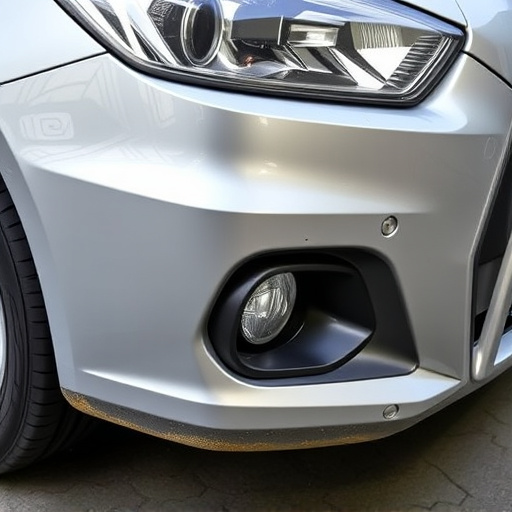
The process of insurance claim processing can be significantly streamlined when it comes to Tesla repairs, thanks to efficient documentation practices. A well-organized and comprehensive record of the vehicle’s condition before and after the incident is key. Mechanics should meticulously document every step, from initial inspection to final repair, using detailed reports that include photos and descriptions. This includes noting any pre-existing damage, such as vehicle paint repair or car scratch repair, which can help avoid disputes later on.
Best practices involve ensuring all repair documentation is clear, precise, and easily accessible. Digital records are highly recommended, as they can be quickly shared with insurance providers, expediting the claim processing speed. By adopting these efficient practices, Tesla owners can expect smoother and faster insurance claim settlements, reducing the time and stress associated with accident repairs.
Tesla repair documentation plays a pivotal role in expediting insurance claim processing. By understanding and adhering to the required formatting, detail level, and accuracy standards, vehicle owners can significantly reduce claim turnaround times. Incomplete or incorrect documentation, on the other hand, often leads to delays and disputes. Implementing best practices, such as maintaining comprehensive records, double-checking for errors, and promptly sharing documents with insurers, ensures a smoother claims process. These strategies not only benefit policyholders but also foster a more efficient and reliable insurance ecosystem.
